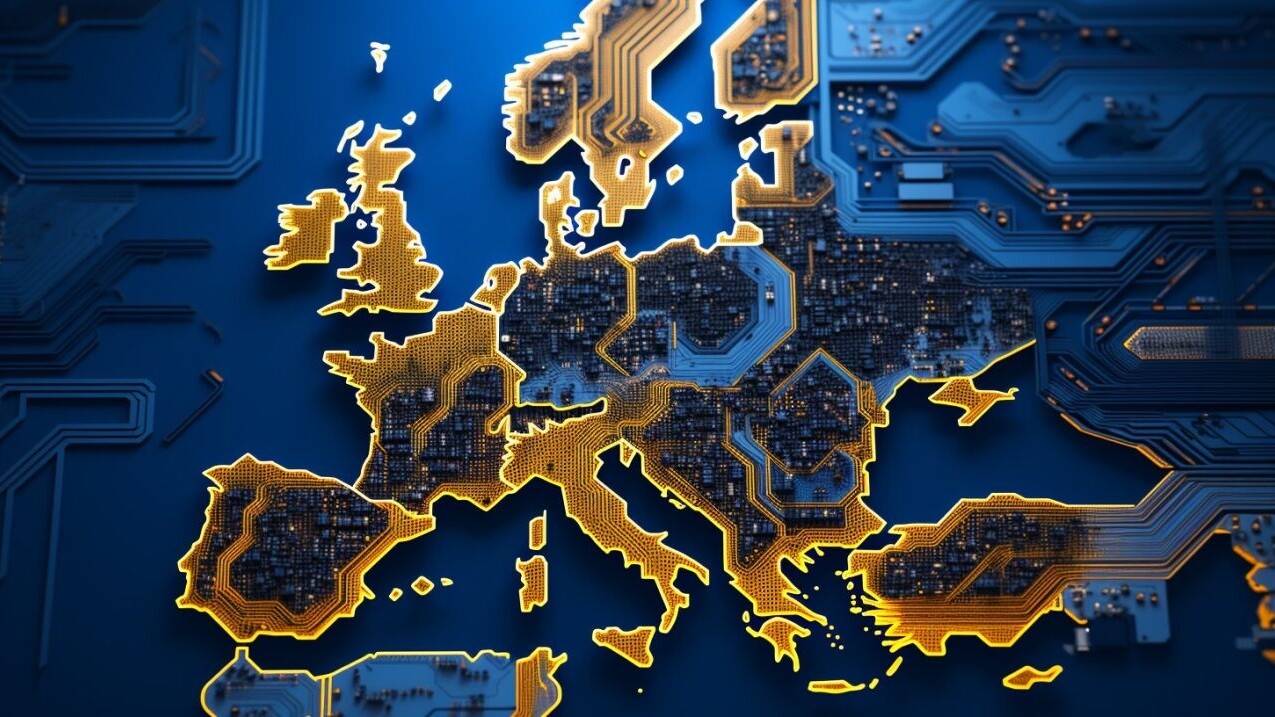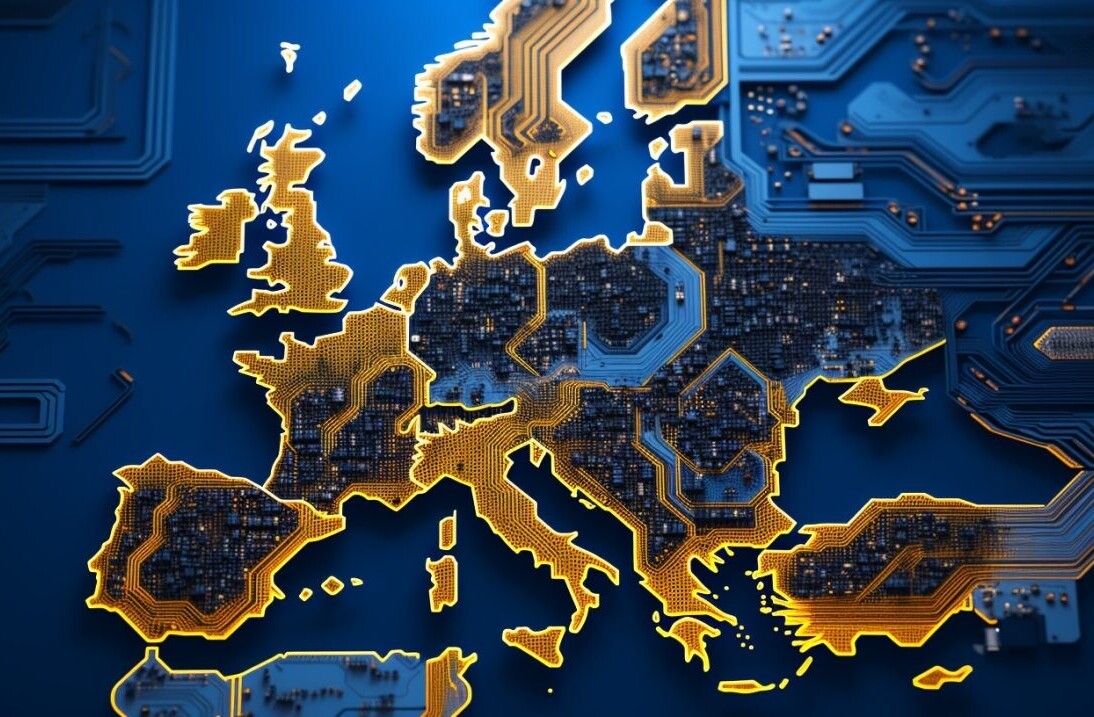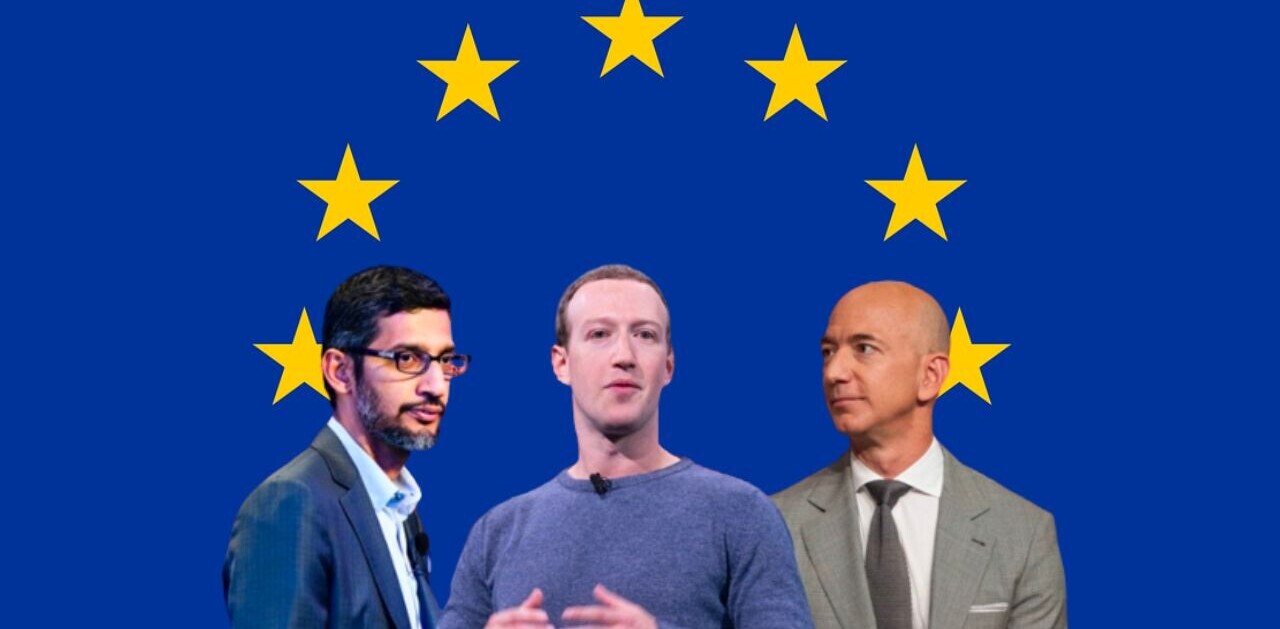
It happened, after years of chin-wagging and back-and-forth and bad blood, it finally happened: the compliance date for the Digital Markets Act arrived on March 7th.
From here on out, big tech needs to follow the regulations laid out by the EU — and this has the potential to usher in a sea change for the sector.
While the rules laid down by the governing body are complex and multifaceted, the overall aim is pretty clear: to increase competition and break the monopoly of tech’s “gatekeepers.” These are defined by the EU as huge companies that have become core platforms, think search engines, app stores, or messaging apps.
Already, the majority of these businesses have made changes to comply with the Digital Markets Act. Apple’s launch of iOS 17.4 includes support for alternative app stores, Google has altered its search engine to stop prioritising its services, and Meta has announced the route to WhatsApp’s interoperability with other messaging apps.
On the surface, things are changing — but it’s not quite that simple. So far, none of the above updates have even come close to achieving the aims of the EU.
Struggling with big tech isn’t a new thing for the European Union, and that’s why the world is watching events with bated breath: because, this time, the governing body is doing something a little different.
The Digital Markets Act: A new approach to regulation
The DMA “departs a little bit from the traditional regulatory approach of the EU,” says Enrique Dans — a Senior Fellow at the Center for European Policy Analysis (CEPA) — during its ‘Europe’s Digital Markets Act, What’s Next?’ event.
Broadly speaking, European legal systems are founded on the concept of civil law, something that originated in France and Italy. This approach, Dans explains, “tries to protect [the public] from anything that could potentially appear” when there are societal or technological changes.
To put that another way, it’s about trying to make overarching rules that cover as much behaviour as possible. Civil law, in other words, means that “the room for rhythm, for trying to come up with innovative products or services is much reduced.” Dans posits this is one reason why there are “very few innovative companies in Europe.”
The majority of EU regulations have their basis in this system. The issue though — as the governing body views it — is that the US, where the majority of the “gatekeepers” are situated use a different legal approach: common law.
This originates from England in the middle ages and is used in the UK, United States, Canada, and many other countries.
According to Dans, the key point of separation between common and civil law is, in the former, “most things are not regulated until there’s a clear need [to do so].” Rather than creating overarching rules, common law tends to look towards the rules judges have made in previous cases to come to decisions.
Now, Dans points out the European Union has often been aghast at the lax regulation big tech has received in a common law system, especially when it has been involved in things like “electoral manipulation” or caused “psychological problems” among the young.
So… how does the DMA fit into all of this?
Well, Dans believes the Digital Markets Act is an attempt to find equilibrium between civil and common law. He says its goal is to cover “the potential side effects [of tech], but without precluding innovators or innovative companies.”
This is where the concept of “gatekeepers” appears from. By focusing on powerful companies instead of enforcing the rules across tech as a whole, EU regulators are attempting to allow innovation at lower levels, but are trying to control and hamper what they view as damaging behaviour from the behemoths at the top.
In other words, the DMA is a blend of civil and common law, of the European and Anglo approach — something that the EU hasn’t tried on big tech before.
The billion euro problem: Getting it to work
We saw at the start of the piece that the EU has already forced some changes, but as Bill Echikson — Senior Fellow at CEPA — puts it, “the goal for the European regulators is to increase competition.”
Yet this is easier said than done.
Many of the companies the DMA is targeting are not particularly happy with the changes — you only need to look at Apple’s reaction as an example.
Let’s look at a single instance. Yes, the company allows alternative app stores now, but it’s also charging so much for developers to use them with its Core Developer Fee that it swiftly becomes non-economically viable for businesses to take the non-Apple route. The company is doing all it can to dissuade people from taking advantage of these new regulations.
This behaviour is echoed across these “gatekeepers” and can be seen as a sort of malicious — or at least deeply unwilling — compliance. The businesses are trying to follow the letter of the DMA, not the spirit behind the words.
In some sense, these actions are putting the ball back in the EU’s court. The problem is that historically, as Echikson says, “Europe has had trouble enforcing its tech laws.”
The glimmer of European hope
Whatever you may personally feel about the DMA, its global impact can’t be denied. Already, it’s being copied all over the world.
Japan, the UK, South Korea, Brazil, India, Mexico, and a handful of other nations are using the Digital Markets Act as an outline for their own attempts at big tech regulation. Some of these are in preliminary stages, others are getting close to passing.
To me, this might be the most important aspect of ensuring broad compliance. Yes, the EU is one of the world’s largest economies, but if enough other countries adopt similar regulation, then the pressure on these “gatekeepers” to comply is increased — and the penalties for failing to do so are higher.
The European Union may struggle by itself to enforce its regulations, but a patchwork approach across multiple different nations could be enough of a burden on big tech that it’s forced to concede to the majority of the demands and actually make material change.
But will the DMA achieve what it set out to? Increasing competition? The experts from CEPA were united behind the thought that it’s simply too early to tell.
There are so many variables and potential moves by all the parties involved that it’s tough to predict precisely where events will head. Unfortunately, there is one certainty: it’s going to take time.
Even if the EU decides it wants to get litigious and enforce as many of its regulations as possible, this isn’t something that’ll happen in a week or month. Instead, it’ll involve a series of huge court cases that’ll take years to conclude.
The upside of the DMA is we may get a fairer and more equitable tech sector. The downside — if the regulations fail — is that things will stay roughly the same. That’s not the worst gamble in the world, but it is refreshing to see an approach to big tech that takes a different tack.
If madness is trying the same thing expecting different results, at least the EU is up for doing something fresh to reign in its gatekeepers.
Get the TNW newsletter
Get the most important tech news in your inbox each week.




